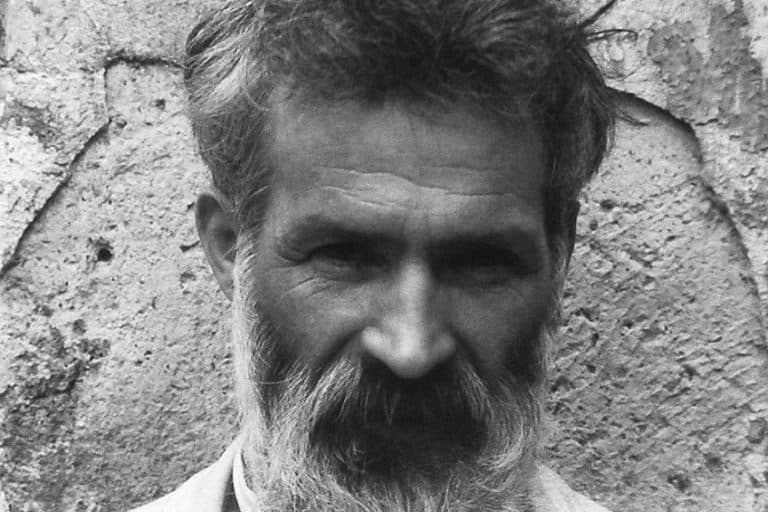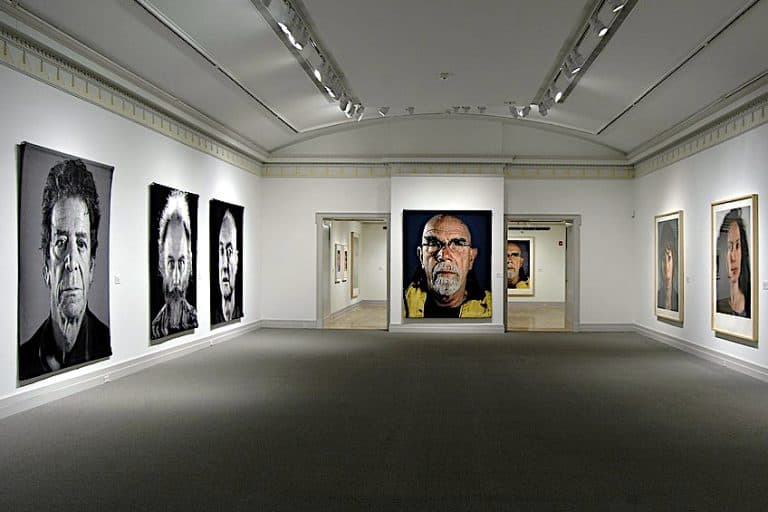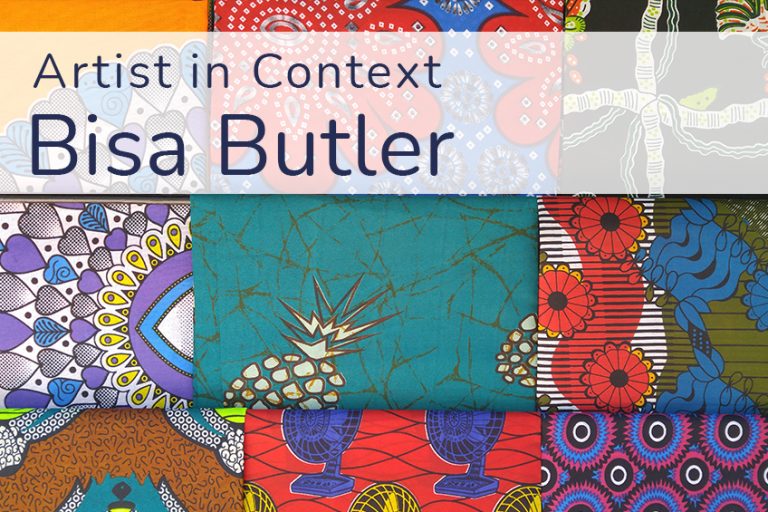Emory Douglas – The Art Behind Black Panther Activism
Emory Douglas is a prominent artist and activist whose powerful imagery became synonymous with the Black Panther Party’s visual identity during the civil rights movement in the United States. Through his bold and provocative artwork, Douglas not only captured the spirit of the times but also challenged societal norms and advocated for social justice. His iconic illustrations in the Black Panther newspaper and posters remain impactful reminders of the struggle for equality and empowerment. In this article, we delve into the life, artistry, and lasting influence of Emory Douglas, exploring how his work continues to resonate and inspire contemporary conversations about activism and art.
Key Takeaways
- Emory Douglas was a central figure in the Black Panther Party, using his art to amplify social and political messages.
- Douglas’s work is characterized by strong, evocative imagery that captured the essence of the fight for racial justice.
- His legacy continues to impact contemporary art and activism, underlining the power of visual arts in social movements.
Early Life and Career
| Birth | May 24, 1943 |
| Death | Present |
| Place of Birth | Grand Rapids, Michigan, United States |
| Genre of Work | Graphic design, painting, illustration, collage, drawing, and political art |
Emory Douglas, an influential figure in the intersection of art and activism, played a pivotal role during a time of social and political upheaval in the United States. Douglas emerged as a leading voice in the Black Panther Party, where his role extended beyond that of a mere participant. As the Minister of Culture for the Black Panther Party, he utilized his artistic talents to craft powerful imagery that became synonymous with the movement’s messages advocating for racial equality and social justice.

His creative work, primarily produced through the 1960s and 1970s, is characterized by bold illustrations and photomontages. Despite the eventual dissolution of the Black Panther Party in the 1980s, Douglas’s art remains a testament to his commitment to civil rights and continues to be celebrated for its raw portrayal of the struggle for Black liberation. His dynamic approach to visual communication helped to shape the iconography of resistance and still resonates with audiences today. Emory Douglas’s influence extends into the present, where his art is regarded not just as a historical record of activism but as an ongoing inspiration for those engaged in social movements.
His work has been displayed in numerous exhibitions and his legacy lives on as a blueprint for artists intent on addressing sociopolitical issues through their craft.
Formation as an Artist
Born on May 24, 1943, in Grand Rapids, Michigan, Emory Douglas discovered his passion for art at a young age. At the age of eight, he moved with his family to San Francisco, a city that would prove pivotal in his artistic and personal development. Douglas’s early interest in visual arts propelled him to pursue further education in this field. He attended the City College of San Francisco, where he was formally introduced to the discipline of graphic arts. It was there that Douglas began to shape his distinctive style—a combination of bold imagery and political messaging that would later become synonymous with his name.

Influence of the Civil Rights Movement
The Civil Rights Movement was a catalyst for Emory Douglas’s artistic direction. The social upheaval and fight for racial equality that characterized the era deeply influenced his work. Living in San Francisco, a city with its own vibrant history of activism and cultural exchange, Douglas was in the epicenter of a major social and political shift. His immersion in the Civil Rights Movement occurred during a time when San Francisco was a hotbed of political activism. It was this climate that introduced him to the Black Panther Party, an organization that would play a significant role in his career.
As the Minister of Culture for the Black Panther Party from 1967 to 1980, Douglas’s art became a unifying emblem of the struggle against racial oppression, earning him a definitive place in American graphic arts and social activism.
Role in the Black Panther Party
Emory Douglas profoundly influenced the visual language of the Black Panther Party through his artwork and vision. His role was pivotal in crafting the party’s national identity and propagating its key messages to a wider audience.

Becoming the Minister of Culture
Emory Douglas joined the Black Panther Party in 1967, just a year after its formation by Bobby Seale and Huey Newton in Oakland, California. Recognizing his artistic talent and commitment to the cause, Douglas was soon appointed as the Minister of Culture.
In this role, he was responsible for the party’s visual propaganda and artistic direction, often illustrating the struggle for racial and social justice.
Development of a Revolutionary Aesthetic
Douglas’s unique style became synonymous with the party’s visual identity. As the art director and main illustrator for the party’s official newspaper, The Black Panther, he developed a revolutionary aesthetic that was bold and direct. His works often featured stark, powerful images depicting the realities of racial oppression and the resilience of the black community.

He effectively used the newspaper as a platform to unite the party’s members and to communicate with a global audience, helping to solidify the party’s voices, including those of prominent members like Eldridge Cleaver and Kathleen Cleaver. His graphics were not only seen as a form of resistance but also as a celebration of black culture and political activism.
Artistic Contributions and Style
Emory Douglas’s work as the Revolutionary Artist and Minister of Culture for the Black Panther Party manifested in vivid and powerful artwork. His style and imagery became symbols of resistance and social justice, utilizing a visual language that communicated the struggles and aspirations of the era.

Iconic Imagery and Motifs
Emory Douglas created iconic artwork using a graphic design style that was both compelling and communicative. He often portrayed figures in stark contrast, which epitomized the societal struggles and highlighted themes of empowerment.
- Police as pigs: A recurrent motif in Douglas’s artwork is the depiction of police officers as pigs, symbolizing the systemic oppression and corruption within law enforcement.
- Social justice themes: His artwork consistently reflected themes of social justice, displaying images that demanded equality and human rights.
These motifs were not only part of the posters and artwork itself but also frequently appeared in the Black Panther Party’s magazine where Douglas’s work played a central role in illustrating the themes of the Party’s messages.
Collaborative Works and Influence
Douglas’s collaborative works were a testament to the shared struggle for civil rights. He worked closely with other members of the Black Panther Party to delineate the Party’s vision through:
- Photomontage and collage: Utilizing techniques such as photomontage and collage, Douglas created artwork that was rich in complexity and context.
- Black Panther magazine: Through his role in the Party’s magazine, Douglas’s graphic design contributed significantly to the publication’s impact, effectively branding the revolutionary vision before branding became a widespread concept in popular culture.

His influential style transcended the Black Panther Party and became a hallmark in the history of graphic protest art. Emory Douglas’s artwork remains a powerful example of how art can be harnessed as a catalyst for change and a medium for voicing the collective aspirations and dissents of a movement.
Legacy and Impact
Emory Douglas’s work has left an indelible mark on American history through his role as an activist and Revolutionary Artist for the Black Panther Party. This section delves into how his legacy continues through exhibitions and how his art remains a touchstone for modern movements seeking social change. Through interviews, Douglas has continued to express the potent role of art in movements for justice, often emphasizing the phrase “All Power to the People” as central to his message. Discussions about his experiences and reflections have been made available to a wider public, often through digital media platforms and collaborations with other institutions.
Some of his notable exhibitions include:
- The Museum of Modern Art (MoMA) has showcased Douglas’s artwork, highlighting its historical significance.
- Emory Douglas: Bold Visual Language was a noted exhibition at Los Angeles Contemporary Exhibitions (LACE), reflecting on his impact on contemporary art and activism.
Influence on Modern Movements
Douglas’s approach to art as a catalyst for social change has resonated with contemporary movements:
- His guiding principles are visible in the Black Lives Matter movement, which similarly uses visual art to communicate messages about racial equality and justice.
- Global movements have also felt Douglas’s impact, such as in Cuba, where the intertwining of art with activism shares similarities with his methods.
- Newer platforms, including social media, have broadened the reach of Douglas’s legacy, underlining the enduring relevance of his message and methodology.

Emory Douglas Today
Emory Douglas continues to influence both art and activism. In his late 70s, Douglas remains a committed activist, using his artwork to comment on societal issues. His legacy as the former Minister of Culture and Revolutionary Artist for the Black Panther Party continues to be relevant, as his works still resonate with contemporary movements for social justice. His recent endeavors include:
- Lectures and discussions: Douglas engages with communities and scholars to discuss the role of art in social movements.
- Exhibitions: His art, historical and new, is often showcased in museums and galleries, exploring themes of protest and resistance.
- Interviews: Douglas shares his perspectives on the evolution of art and activism in various media outlets.
- Panels: He frequently participates in panels addressing current events and the impact of art on public discourse.
His influence extends to a new generation of artists and activists who draw inspiration from his ability to convey powerful messages through art.

Despite the decades that have passed since the height of the Black Panther Party, Douglas’ work remains a touchstone for discussions about the aesthetics of protest and the role of the artist as an agent of change. Notable elements in his recent work include:
- Murals: Pieces like Reparations confront ongoing issues of inequality.
- Digital presence: Douglas recognizes the importance of digital media in continuing the conversation around justice and legacy.
In summary, Emory Douglas today is both a celebrated historical figure and an active participant in the ongoing dialogue about art and activism.
Emory Douglas’s legacy as an artist and activist is indelible, leaving an enduring mark on the world of art and social movements. His fearless use of imagery to confront systemic injustices and amplify marginalized voices has cemented his place as a visionary artist of his time. As we reflect on Douglas’s contributions, it becomes clear that his work transcends mere artistry; it serves as a call to action, a testament to resilience, and a beacon of hope for future generations striving for a more just and equitable world.
Frequently Asked Questions
What Role Did Emory Douglas Play in the Black Panther Party?
Emory Douglas served as the Minister of Culture for the Black Panther Party. In this position, he was responsible for creating the party’s visual identity and propagating its political messages through his art.
What Are Some Notable Works of Art by Emory Douglas?
Some of Douglas’s significant works include his illustrations for the Black Panther newspaper. His potent political art often featured stark portrayals of the struggles faced by African Americans, serving as a call to action against social injustice.
What Methods and Materials Is Emory Douglas Known for Using in His Art?
Douglas frequently used inexpensive and accessible materials, such as paper and inexpensive printing techniques. His use of bold graphics and unsettling images aimed to resonate with a wide audience and underscore the urgency of the Black Panther Party’s message.
How Has Emory Douglas Influenced Political Art and Activism?
Emory Douglas’s art has had a lasting impact on political art and activism by depicting the African American experience and striving for social change. His approach to creating art that is both accessible and politically charged has inspired subsequent generations of artists and activists.
Isabella studied at the University of Cape Town in South Africa and graduated with a Bachelor of Arts majoring in English Literature & Language and Psychology. Throughout her undergraduate years, she took Art History as an additional subject and absolutely loved it. Building on from her art history knowledge that began in high school, art has always been a particular area of fascination for her. From learning about artworks previously unknown to her, or sharpening her existing understanding of specific works, the ability to continue learning within this interesting sphere excites her greatly.
Her focal points of interest in art history encompass profiling specific artists and art movements, as it is these areas where she is able to really dig deep into the rich narrative of the art world. Additionally, she particularly enjoys exploring the different artistic styles of the 20th century, as well as the important impact that female artists have had on the development of art history.
Learn more about Isabella Meyer and the Art in Context Team.
Cite this Article
Isabella, Meyer, “Emory Douglas – The Art Behind Black Panther Activism.” Art in Context. April 29, 2024. URL: https://artincontext.org/emory-douglas/
Meyer, I. (2024, 29 April). Emory Douglas – The Art Behind Black Panther Activism. Art in Context. https://artincontext.org/emory-douglas/
Meyer, Isabella. “Emory Douglas – The Art Behind Black Panther Activism.” Art in Context, April 29, 2024. https://artincontext.org/emory-douglas/.











